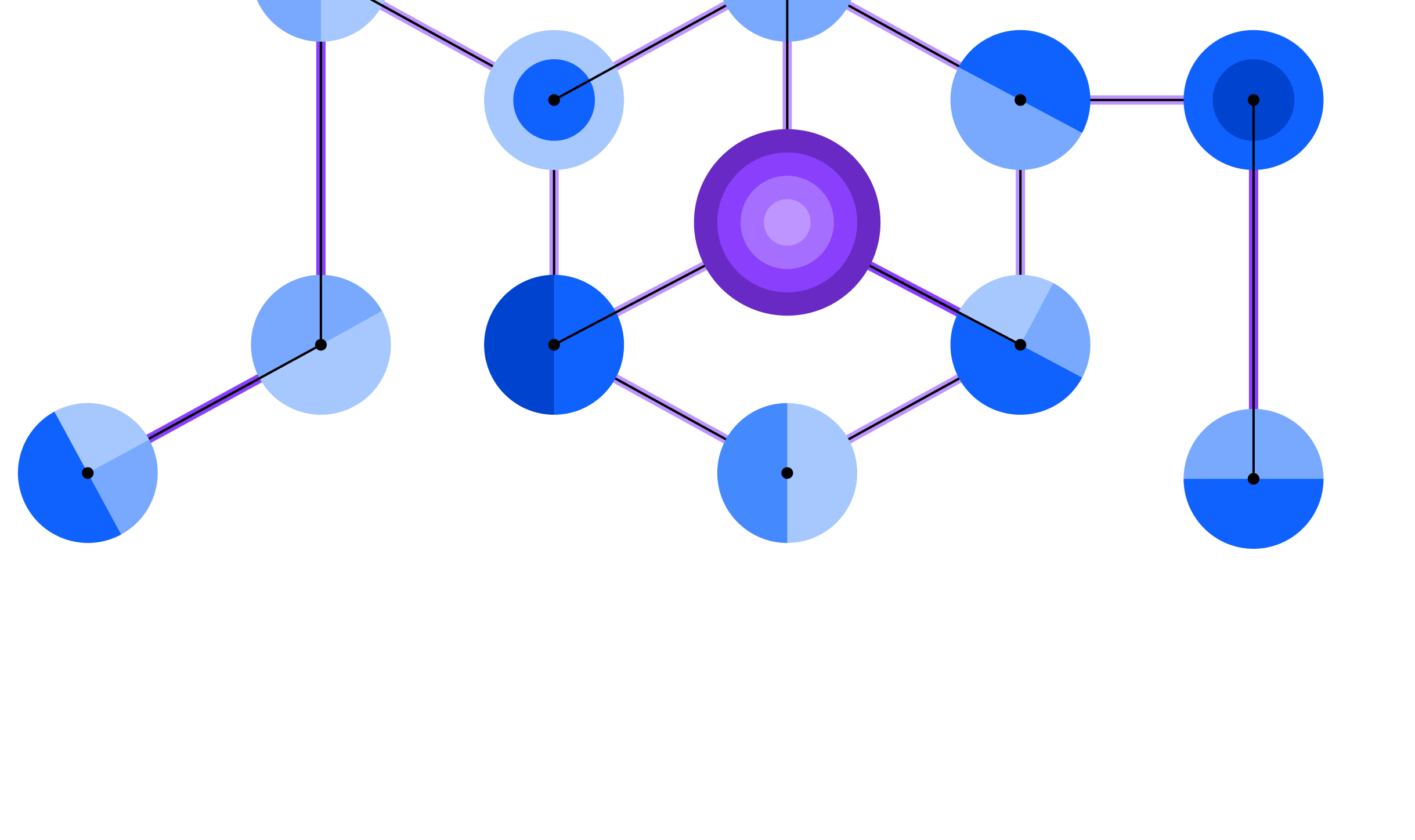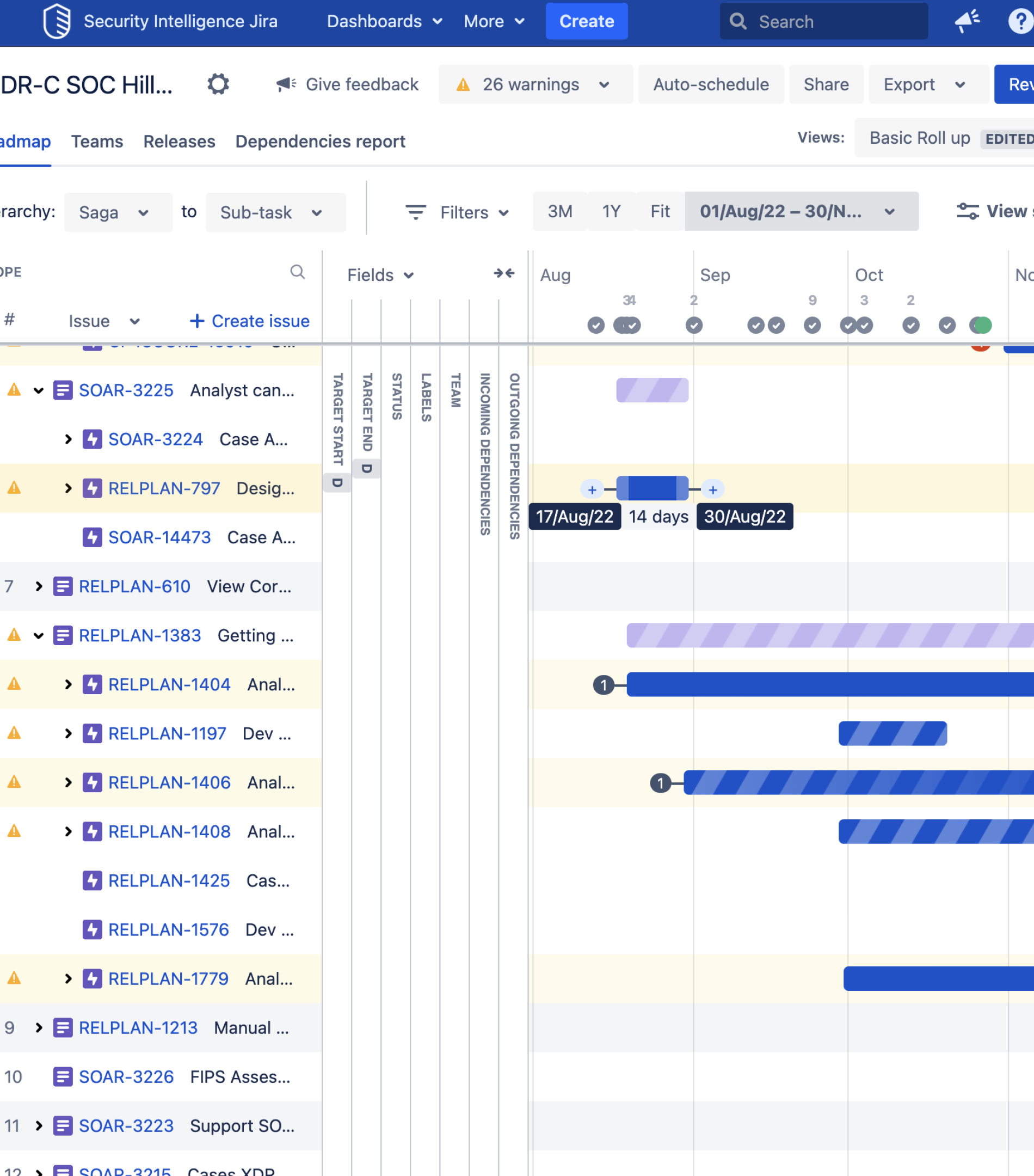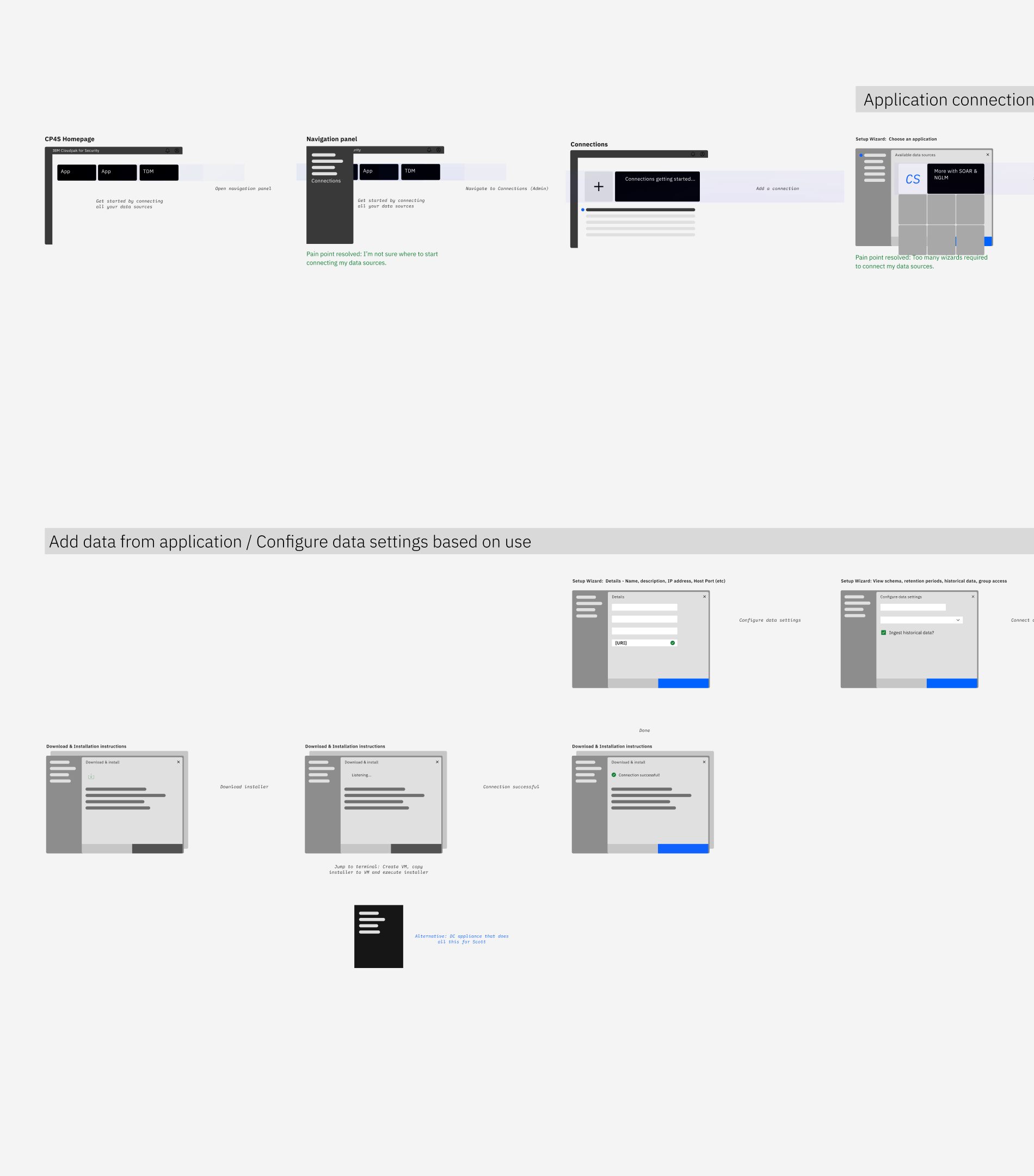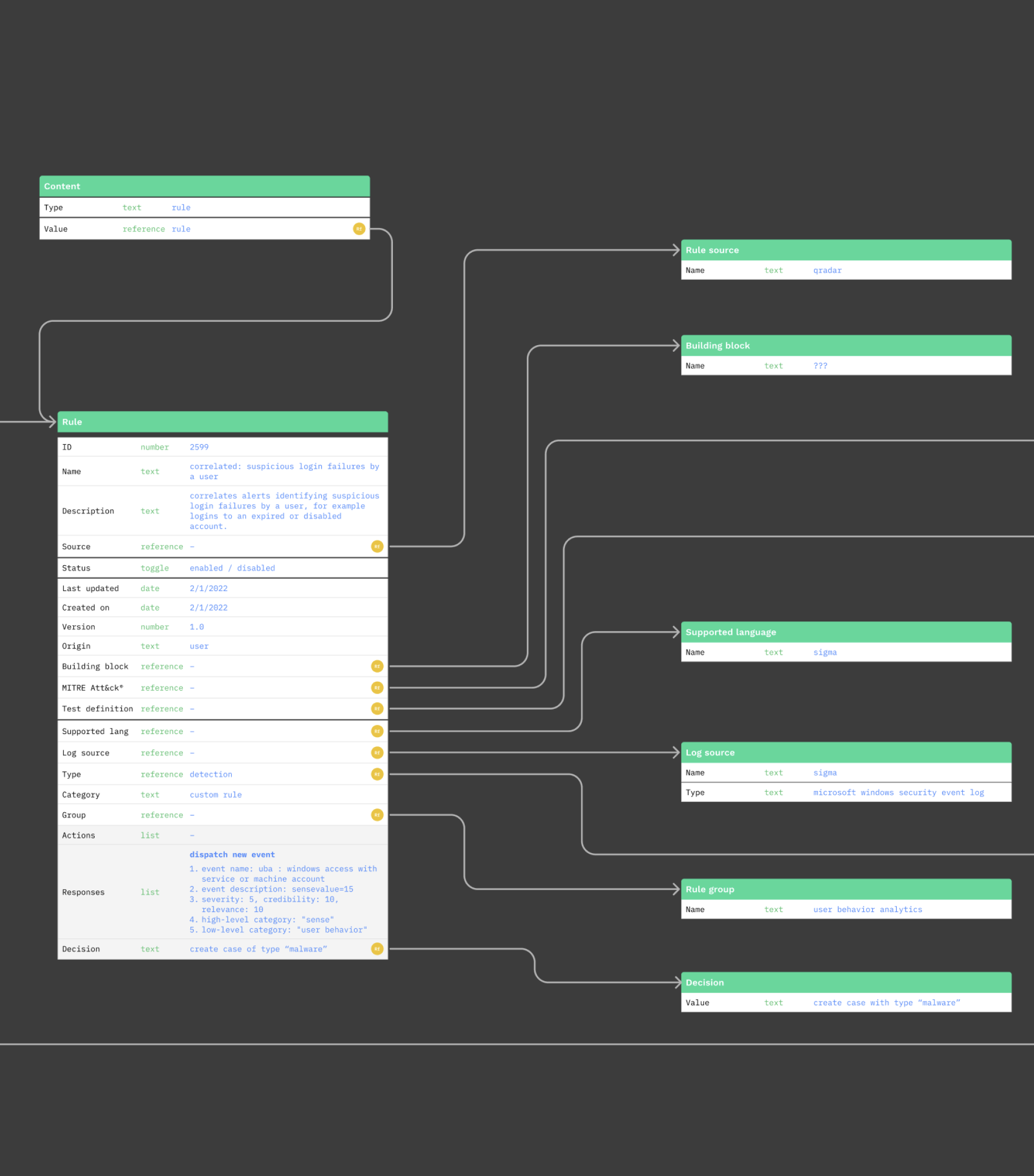Unified Analyst Experience
When I signed on to lead Unified Analyst Experience (UAX), the project had already been active for a year and the beta release date was swiftly closing in. UAX was broken into three work streams: setup, content, and SOC, each in varying stages of completion. Each work stream consisted of a Product Manager, a design team, and one or more development teams.
My job was to partner with the team leads and strategize how to align all the teams on the work remaining for the GA release. And more importantly, I had to ensure we delivered a seamless experience in which our user, a junior security analyst, can perform the basic jobs of a full security team with a simple data source connection experience and then benefit from automated detection, correlation, and response.
Skills used
Leadership, project management, UX design, collaboration, prototyping
Background
Detecting, investigating, and responding to security incidents requires an analyst to toggle between multiple disconnected security tools, and stitch results together manually. When that work results in false positives, the experience can be frustrating.



